Béla Bartók was born in Nagyszentmiklós and moved to Budapest at the age of 18 to attend the Academy of Music. As a student, he mainly lived in the 7th District (Alsó and Felső Erdő Way and Jósika Street). He moved a lot, not spending more than a few months in the same location.
At the beginning of his independent life, he moved into a fourth-floor flat in 17 Teréz Boulevard, close to the Academy of Music where he taught, the Opera House, and only a few stops from the Pest Vigadó. He married Márta Ziegler in 1909, and they lived in the flat until 1911. It was also their son's, Béla Bartók III's, first home in 1910.
However, it soon became apparent that the flat on the noisy boulevard was unsuitable for creative work (all of Bartók's homes also served as creative studios for the composer, pianist and researcher of folk music). His sensitive hearing caused him many difficulties in, and as elsewhere, the sounds and rhythms of the external world disturbed him in his work. Noise was often the cause of his frequent moves.
From the heart of the city, the family moved to a rural setting. Rákoskeresztúr-nyaraló later became a part of Budapest and is today known as Rákoshegy. While the house in the small village had neither running water, electricity, gas or a sewer connection, the composer could work undisturbed. Béla Bartók III spent his youngest years in the house, and Zoltán Kodály, Béla Bartók's friend and colleague, and an excellent amateur photographer took photographs of the family.
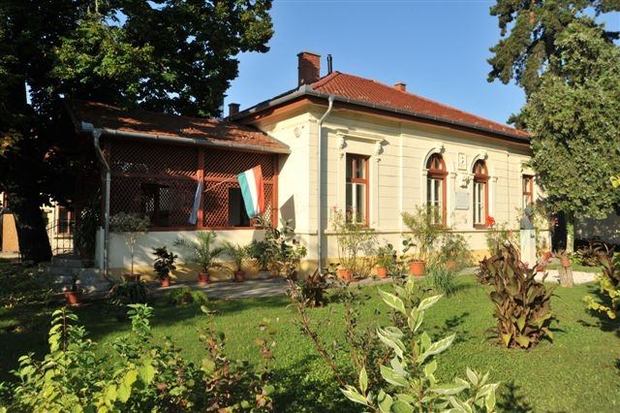
The Rákoshegy Bartók House of Music (photo: bartokzenehaz.hu)
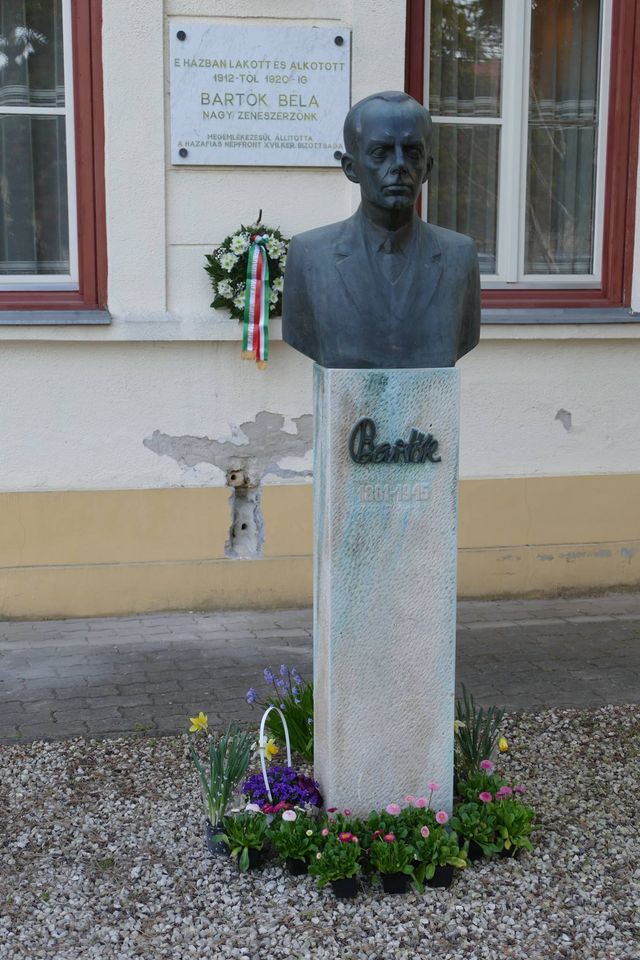
Bust of Béla Bartók in the garden of the Rákoshegy Bartók House of Music (Photo: bartokzenehaz.hu)
The lack of food and raw materials in the post-war period did not spare the Bartók family: candles, petroleum, and firewood were scarce. Trains between Budapest and Rákoshegy became irregular. Eventually, the family decided to move back to the city and accepted an invitation from the banker József Lukács (the father of the communist politician György Lukács). Living in the villa in Gyopár Street on Gellért Hill, the family enjoyed a suburban life and the proximity of the city. (The building was completely destroyed during the siege of Budapest in World War II.)
In 1922 the family again moved to a separate home. They inherited a flat in the Art Nouveau-premodern residential building on 4 Szilágyi Dezső Square (Förster Palace). The house was a true curiosity in the inter-war years: it had two lifts, one for the residents and another for servants), a central air cleaning system and an entryphone made the flats even more comfortable.
An important change occurred in Bartók's life not much later. In 1923 he divorced Márta Ziegler almost overnight and married his student Ditta Pásztory, 22 years his younger, in the same year (but remained on good terms with his first wife). Their son, Péter, was born here in 1924.
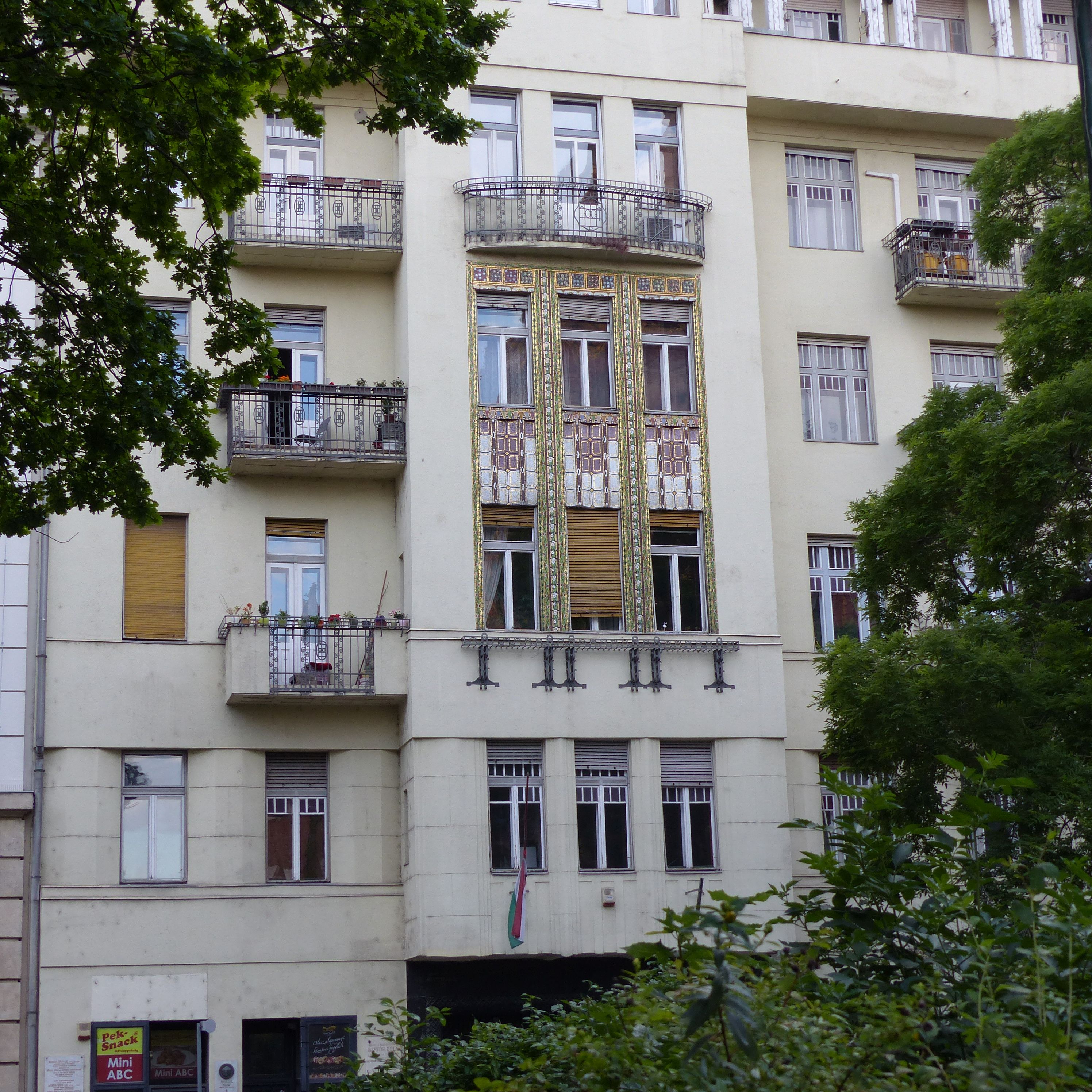
Façade of the Förster Palace, 4 Szilágyi Dezső Square. Bartók lived in the building from 1922 to 1928 (Photo: Kinga Tittel/pestbuda.hu
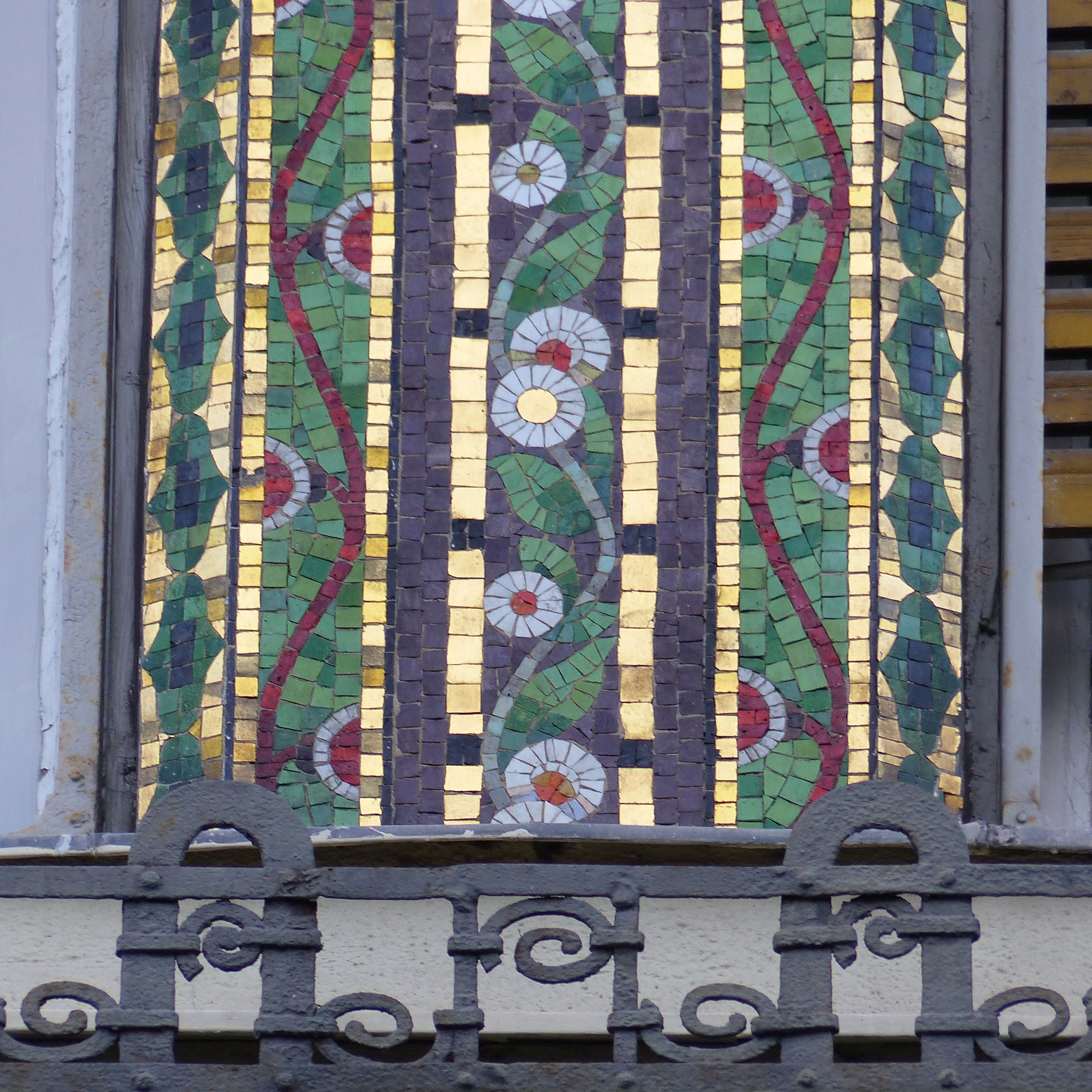
The mosaics on the façade were created by Miksa Roth (Photo: Kinga Tittel/pestbuda.hu)
The couple moved to a new home in 1928. The noises of the street drove them back into the suburbs, and they found a new home on the eastern slopes of Rózsadomb in 10 Kavics Street.
"... it is five minutes from the tram, a lovely road of villas leads almost up to the house, and we can nearly see along the Danube from Újpest to the Parliament, and can almost see Gödöllő beyond the city." "The air is rural here – you can hear the calves, the crickets, and sometimes a donkey brays loudly. We are finally free of that horrible flat" – wrote Bartók to his mother in letters written on 4 May and 4 June 1928.
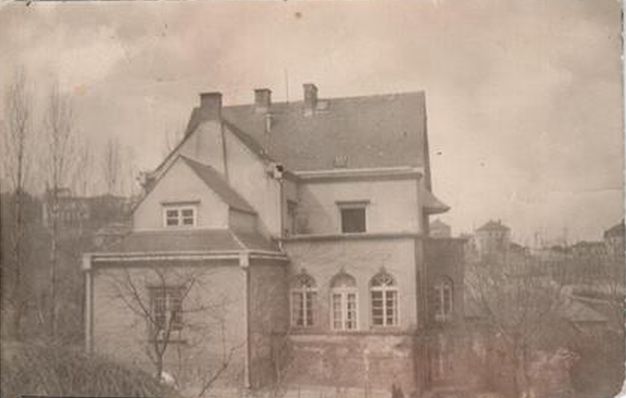
The house under 10 Kavics Street then (Photo: Géza Ligeti)
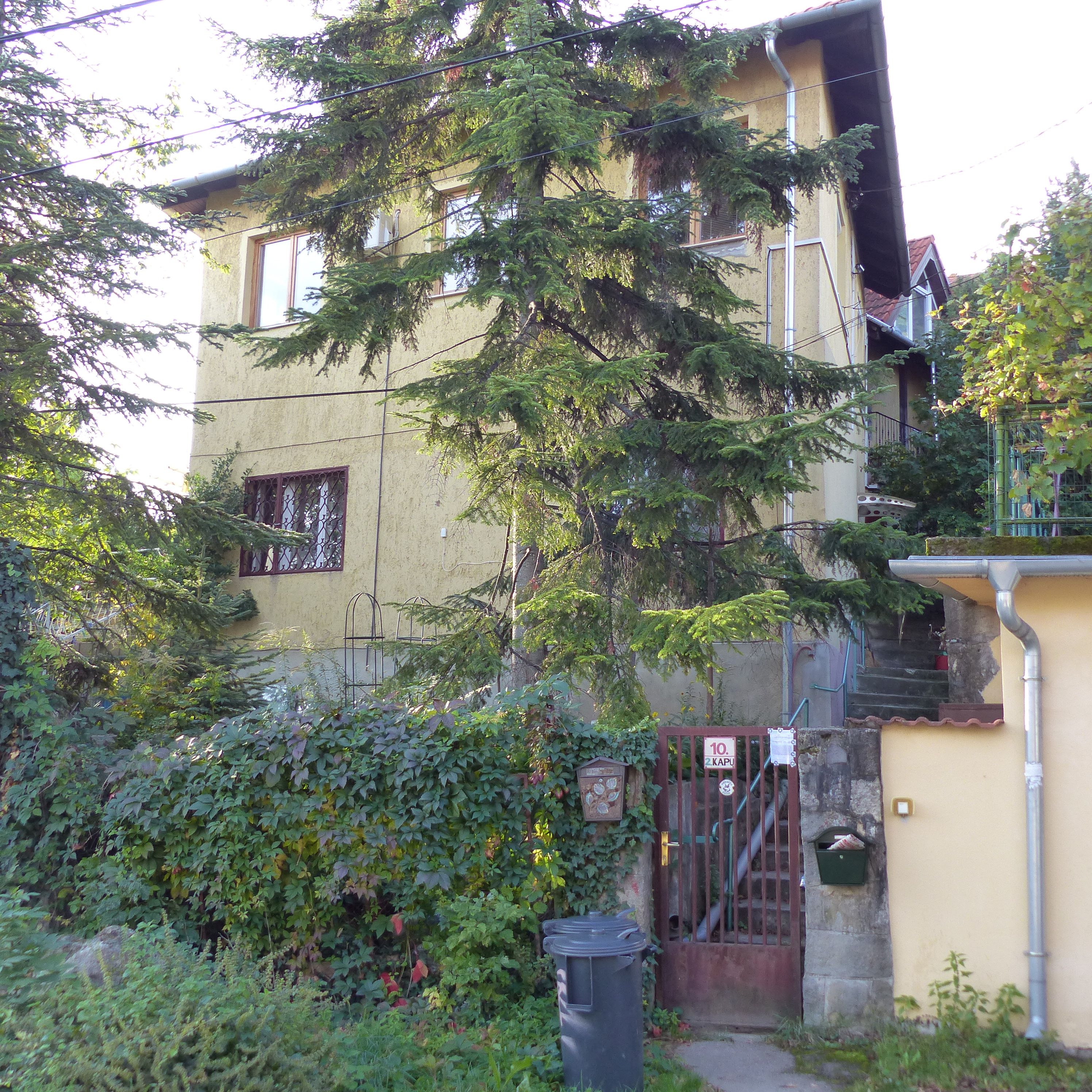 Kavics Street 10 in the present day (Photo: Kinga Tittel/pestbuda.hu)
Kavics Street 10 in the present day (Photo: Kinga Tittel/pestbuda.hu)
However, after the peaceful early days, the noise of their upstairs neighbours began to disturb Bartók. As life in the house became increasingly lively, they moved again. One may believe that Bartók moved often due to his restless nature. However, he would later live eight years in the villa under 28 Csalán Street, where the family moved in 1932.
The acoustic and other aspects of the house were perfect for them, and the house quickly became a family home (both of Bartók's sons lived with them). The housekeeper lived on the ground floor, while the five rooms upstairs gave the family of four ample space. Two pianos could be found in two separate rooms, allowing the couple to practice separately (but at the same time) for their joint concerts. Bartók composed a series of masterpieces in his office, which originally even had a soundproofed door through the 1930s. Today the house is a museum – the Béla Bartók Memorial House – which preserves material memories of the artist's life and his music.
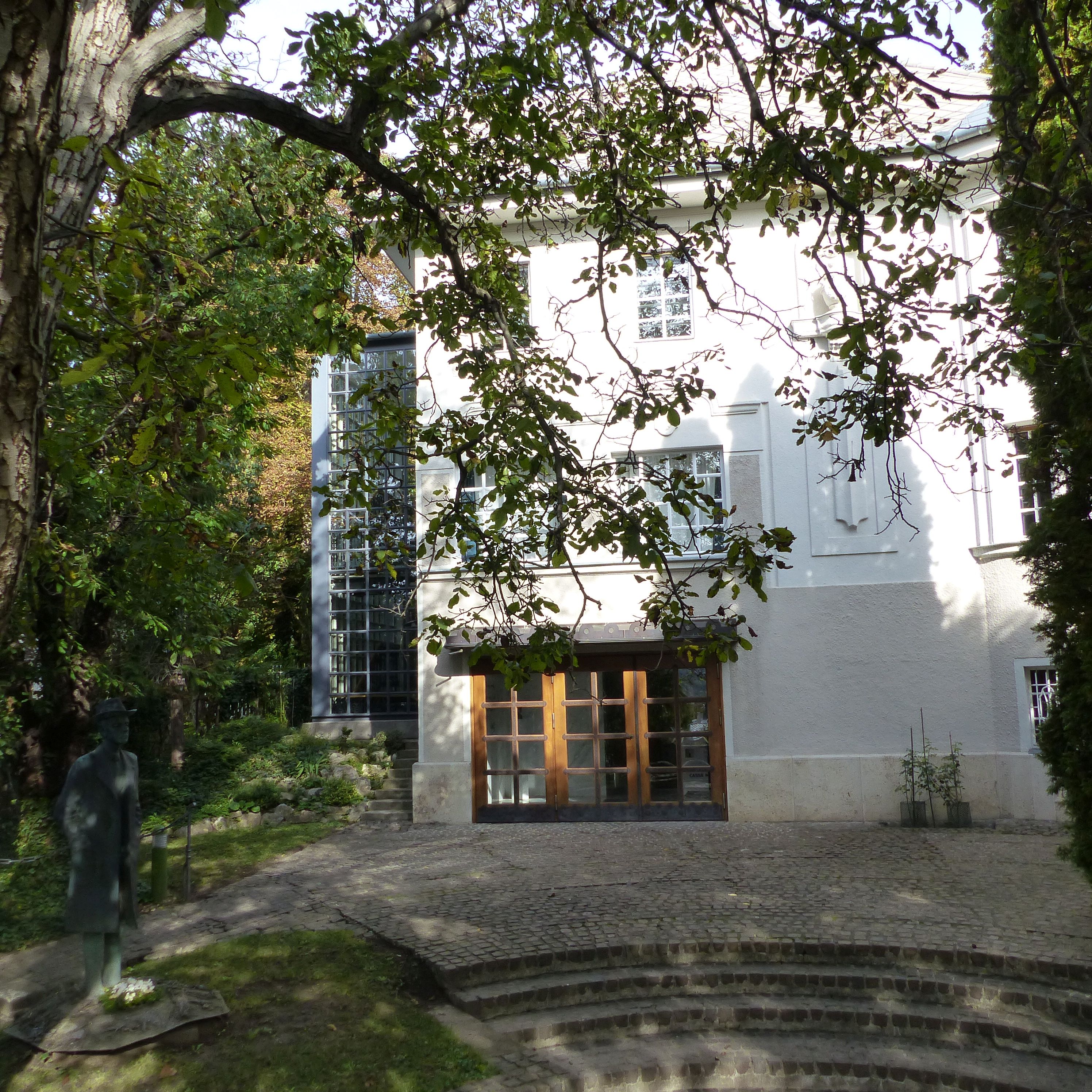
The Bartók memorial House at 29 Csalán street (Photo: Kinga Tittel/pestbuda.hu)
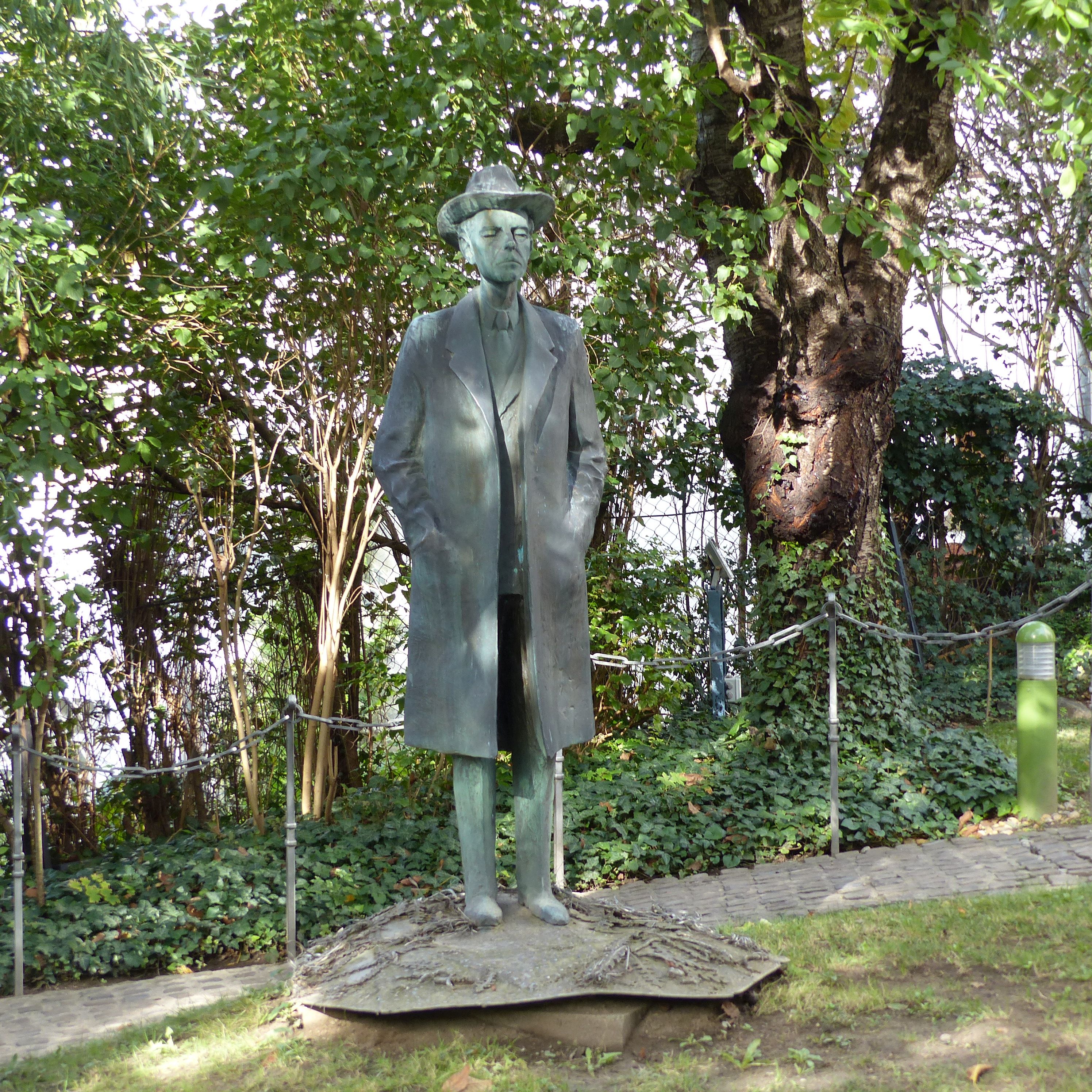 The garden houses a full-length statue of Bartók by Imre Varga completed in 1981, copies of which can be found in Paris and London (Photo: Kinga Tittel/pestbuda.hu)
The garden houses a full-length statue of Bartók by Imre Varga completed in 1981, copies of which can be found in Paris and London (Photo: Kinga Tittel/pestbuda.hu)
In 1934 Bartók requested that he be relieved of his duties at the Academy of Music. He was made a member of the Hungarian Academy of Sciences and continued collecting, organising and processing folk songs. He reached the decision to emigrate to the United States gradually. After his beloved mother's death in 1939, he felt he had no reason to remain in the country.
He gave his last concert in Hungary on 8 October 1940 in the Great Hall of the Academy of Music. The couple performed together in the packed auditorium, and the audience celebrated them loudly. The writer Júlia Székely, a former student of Bartók, remembered the event as follows: "A painfully beautiful evening with an excruciating sense of danger. The youths who always crowded around the stage after Bartók's performances were there as always. They could not tear themselves from Bartók and Ditta Pásztory. (...) The applause dies away, and we just stood there, in the dark auditorium, surrounding the podium, helpless and filled with dread. There was one minute in which everyone realised they would never see Bartók again." At the very end of the concert, after the encores, Bartók played the folk tune Elindultam szép hazámból... ('I left my lovely home') – the audience knew form this, that their departure was final.
Exactly eighty years ago, on 12 October 1940, the couple left their flat on Csalán Street and boarded a train at the Southern Railway Station. They travelled through Italy to Switzerland, from there to Lisbon through Southern France and Spain. On 20 October they boarded the Excalibur and left Europe. They arrived in New York 10 days later. (Bartók's first wife and son, béla, stayed in Hungary.)
Bartók spent the last five years of his life in the United States, among financial difficulties and deteriorating health. In 1945 he contracted pneumonia but eventually died of leukaemia. Despite longing to return to Hungary until his death, he never saw Hungary again. He died in New York on 26 September 1945.
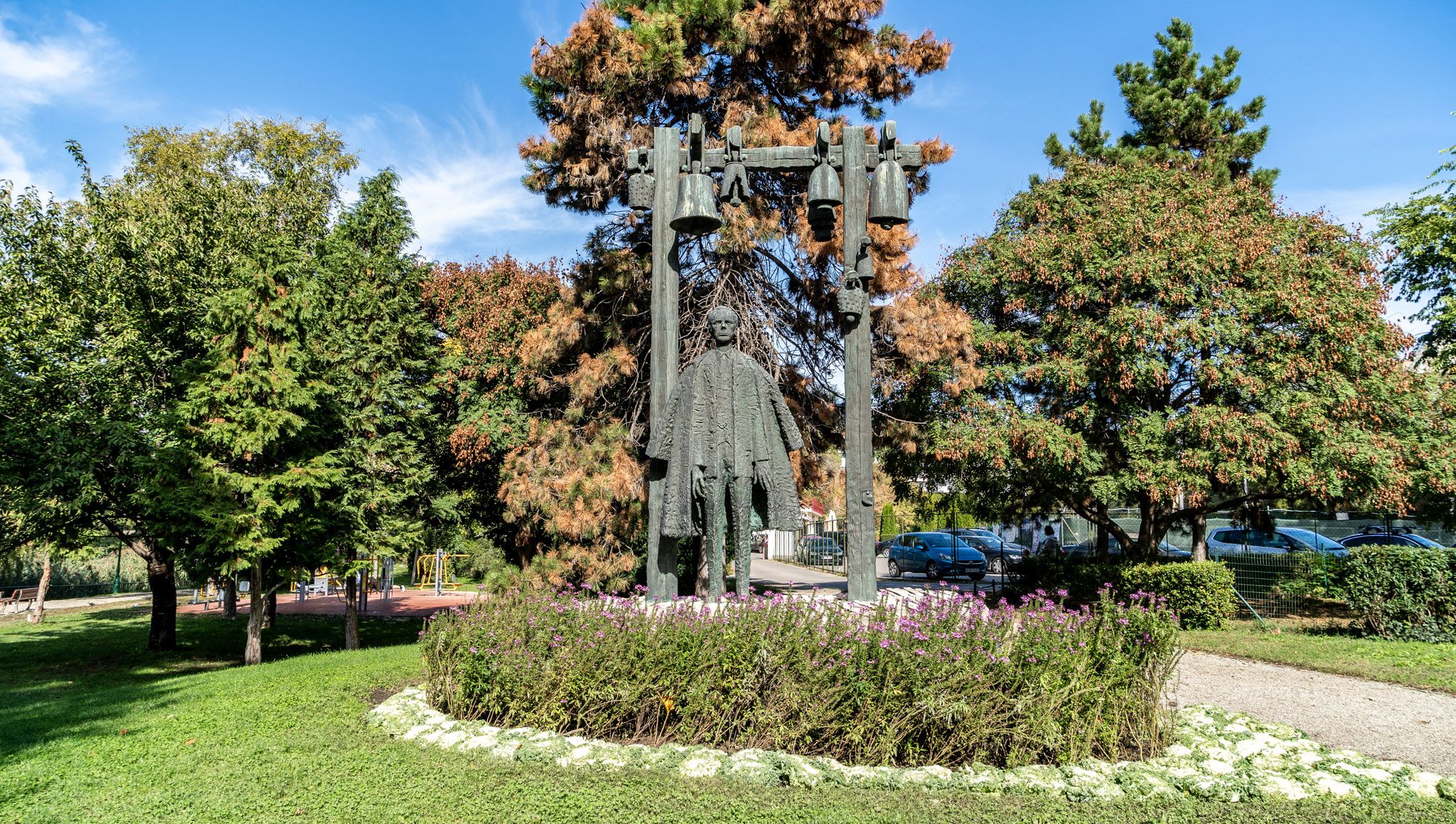 A sculpture of the composer on bartók Béla Avenue near Kosztolányi Dezső Square (József Somogyi, 1981), which was erected on the 100th anniversary of his birth (Photo: Balázs Both/pestbuda.hu)
A sculpture of the composer on bartók Béla Avenue near Kosztolányi Dezső Square (József Somogyi, 1981), which was erected on the 100th anniversary of his birth (Photo: Balázs Both/pestbuda.hu)
His remains were returned to Hungary in 1988 by his son. On 7 July a huge crowd accompanied the composer to his final resting place in the Farkasrét Cemetery. Several memorials and statues stand in his honour in Budapest. Several institutions and streets bear his name, including the main road of the 11th District, which was once named after Miklós Horthy.
His spirit and music live on to the present day, and the memory of his 20th-century genius lives on in the city.
Cover photo: Statue of Bartók in the garden on the Béla bartók memorial House (Photo: Kinga Tittel/pestbuda.hu)

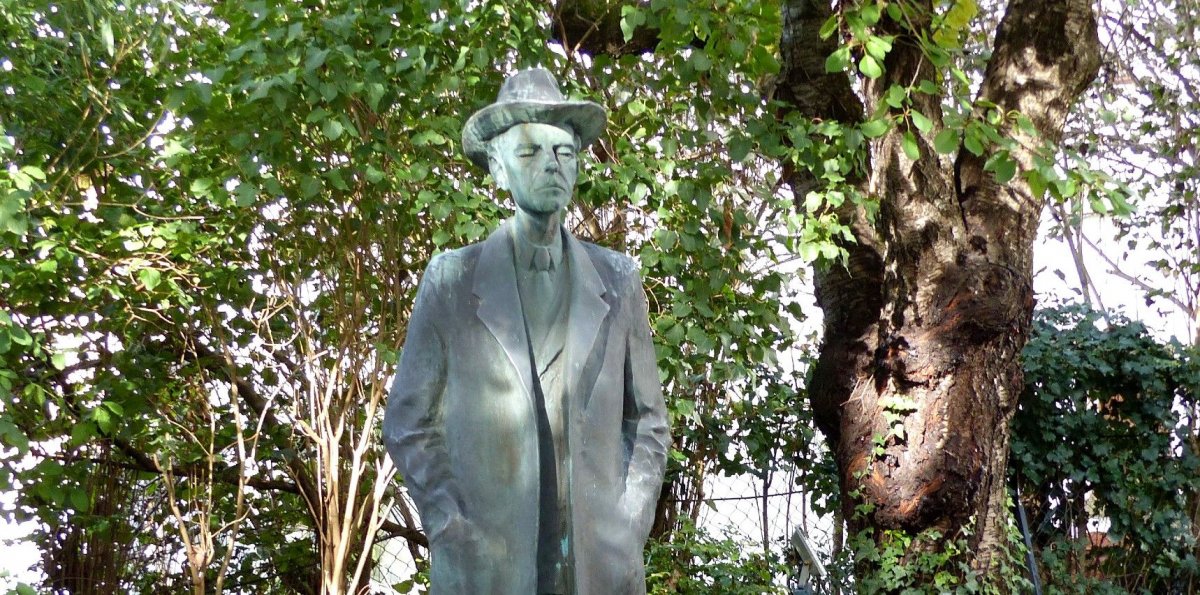



































Hozzászólások
Log in or register to comment!
Login Registration